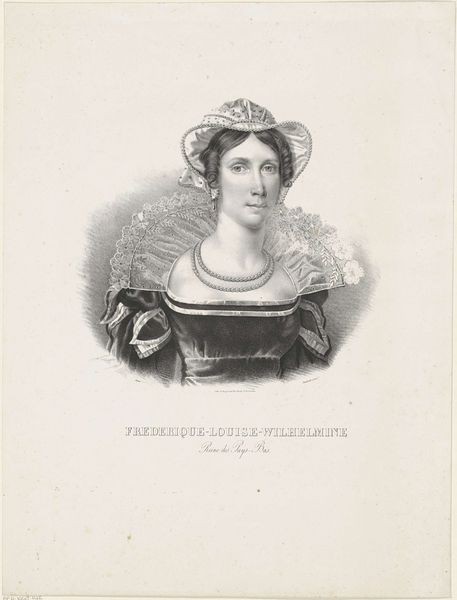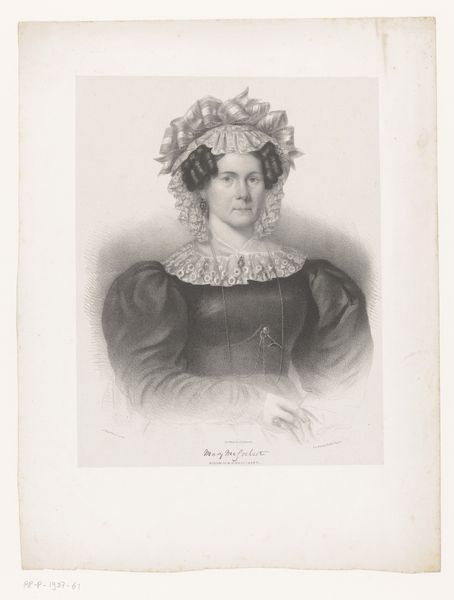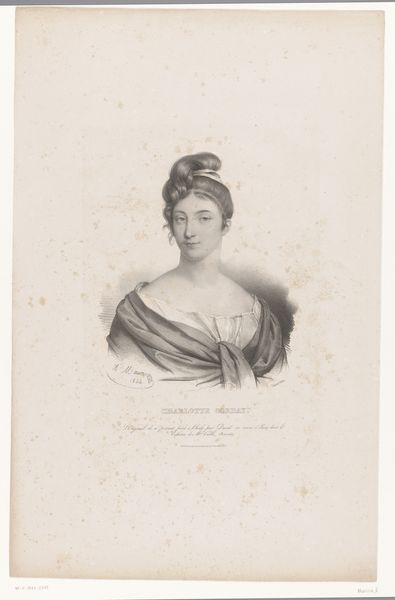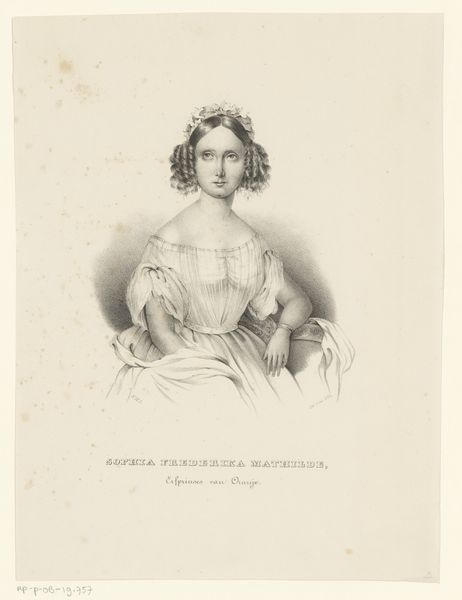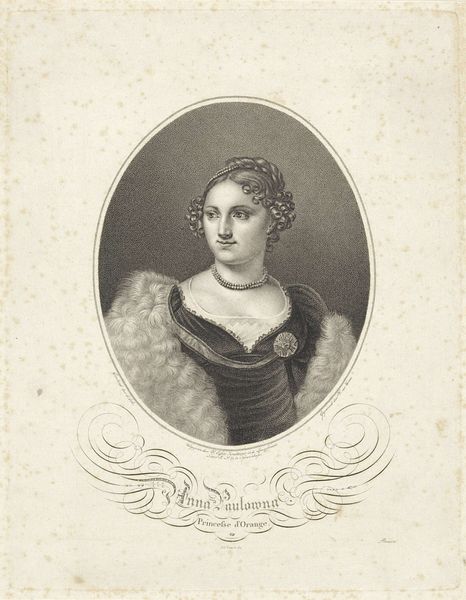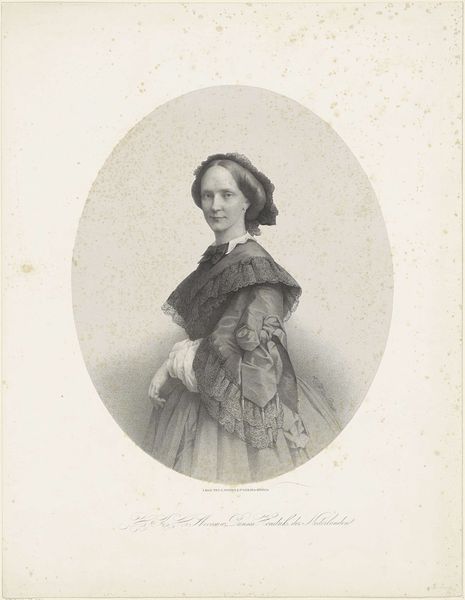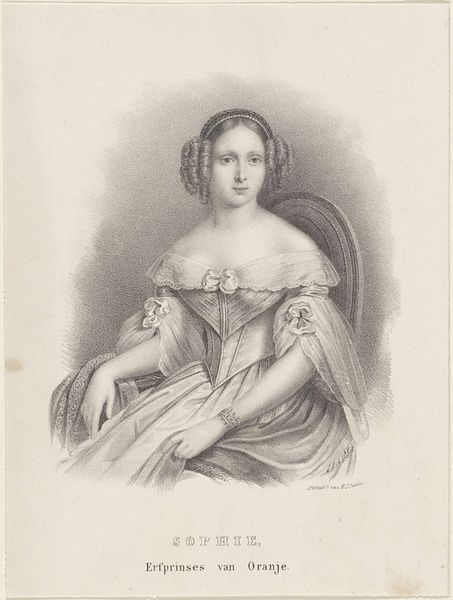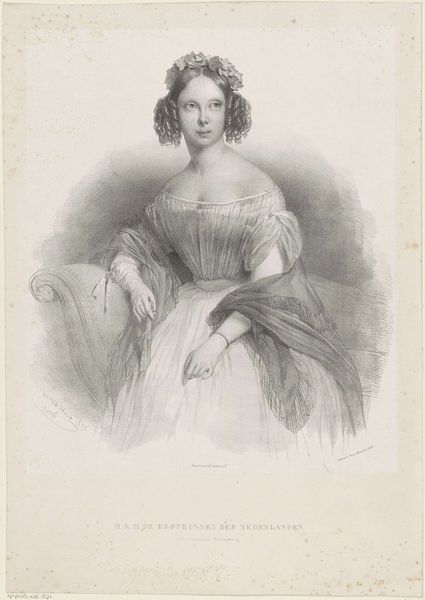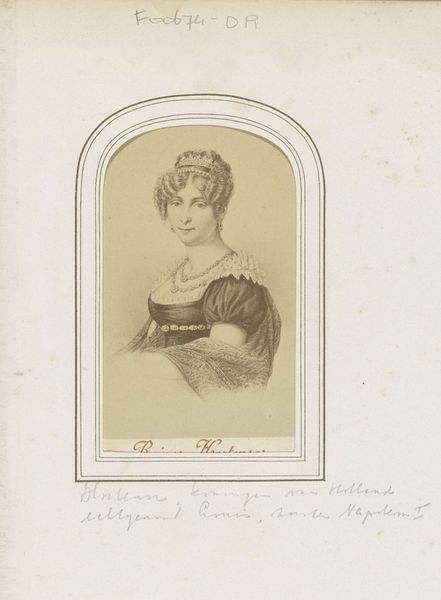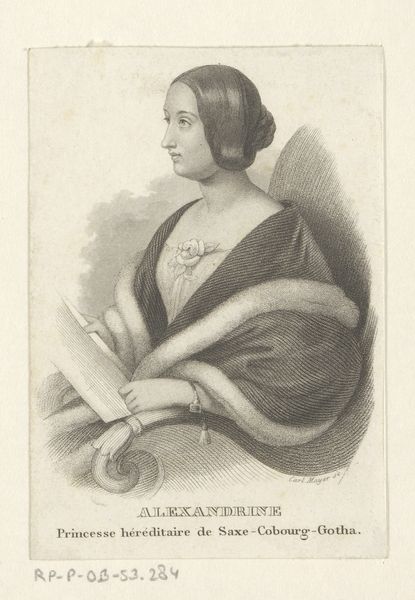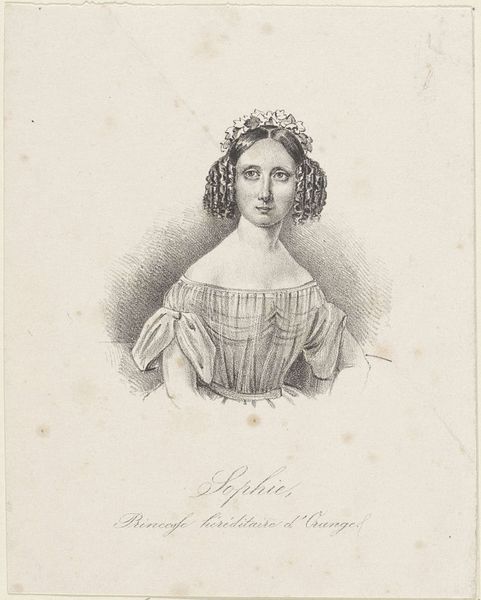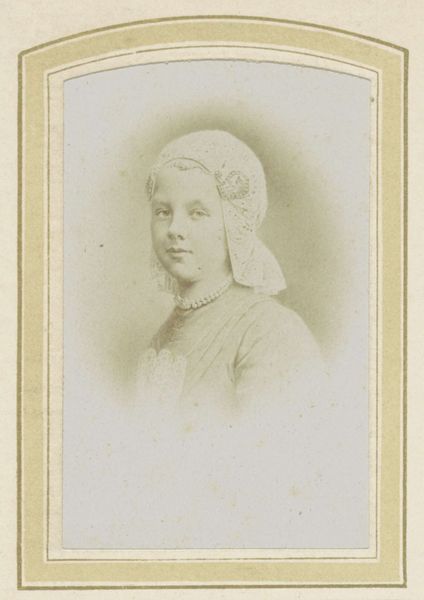
drawing, print, pencil
#
portrait
#
pencil drawn
#
drawing
#
neoclacissism
# print
#
pencil sketch
#
pencil drawing
#
romanticism
#
pencil
#
academic-art
Dimensions: height 205 mm, width 146 mm
Copyright: Rijks Museum: Open Domain
Curator: Welcome. Before us is a pencil drawing by N.M. Schild titled "Portret van Louise van Pruisen," created sometime between 1834 and 1840. Editor: It's quite serene, isn’t it? There’s a delicate quality to the lines that creates an intimate atmosphere. Her gaze is gentle, almost wistful. Curator: Indeed. Schild rendered Louise with a softness typical of Neoclassical portraiture blended with Romantic sensibility. It reflects the public image royalty sought to cultivate at the time – a blend of authority and approachable femininity. Note the fine details in the hair and the carefully modulated shading. Editor: I see how that softness plays into societal expectations for women, even royals, at the time. But that refined image must be weighed against her position of power, how it gave her agency unavailable to other women of her era. The pearls, the elegant dress - it's not just about beauty, it's about status. Curator: Absolutely. Portraits like these were vital tools for projecting power and forging alliances. Her lineage as Princess of Prussia carries enormous weight here, even conveyed subtly. And you are right to focus on her clothing: even within constraints, dress could convey authority. Editor: This drawing also speaks to the art of portraiture, its development within different mediums, as this pencil and printed technique marks a pivotal moment of art becoming more accessible to society. Curator: A crucial point. Printmaking technology at the time allowed images of royalty and other notables to circulate widely, solidifying their fame. It's a subtle yet very important way of image dissemination for educational and decorative purposes. Editor: Looking at it now, I see a confluence of power, gender, and accessibility, all rendered in such fine detail. It prompts a lot of questions. Curator: It’s the role of portraits to give us answers about a period but mainly to allow for our questioning through historical analysis. The skill and purpose intersect here brilliantly.
Comments
No comments
Be the first to comment and join the conversation on the ultimate creative platform.
